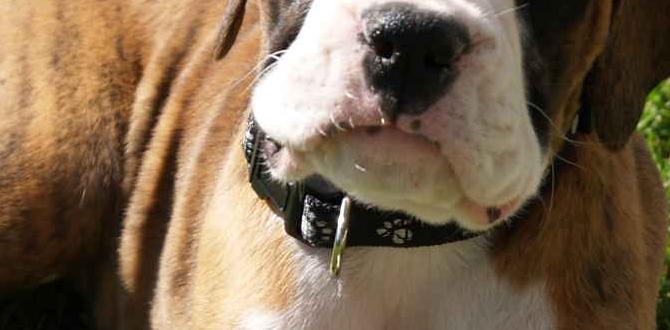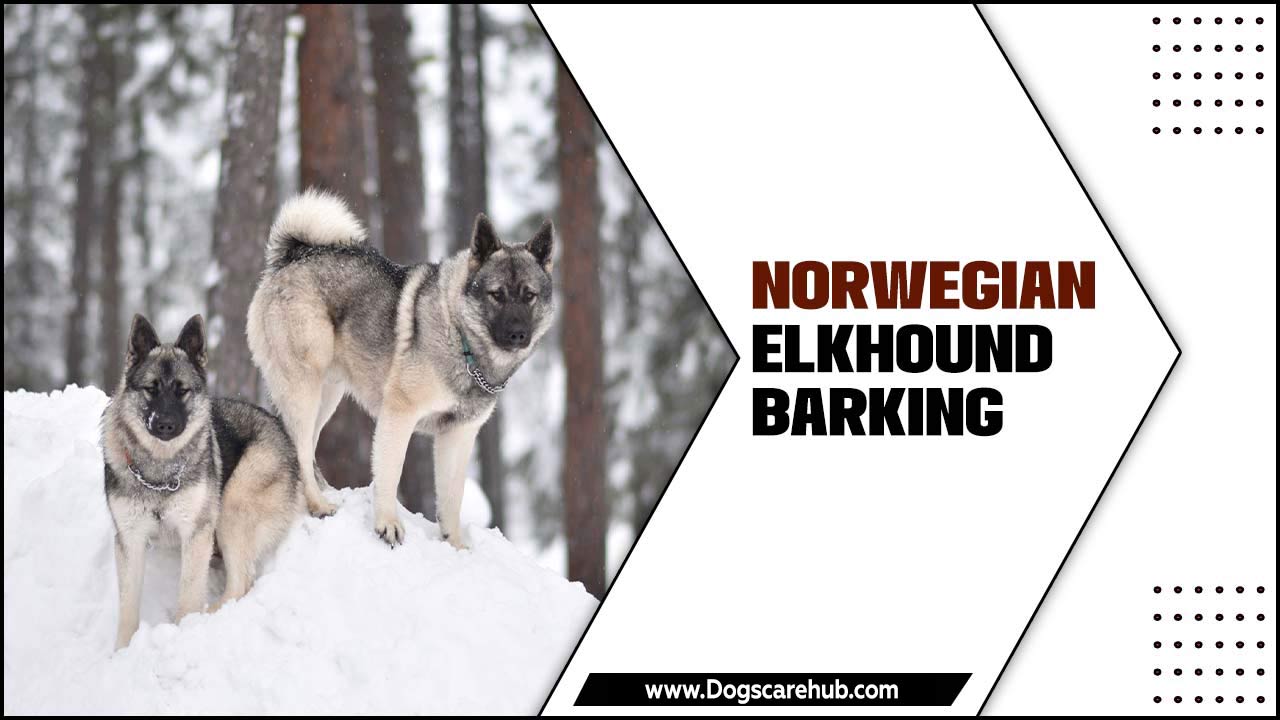Have you ever seen a dog bark loudly at strangers? Or maybe you’ve noticed a dog guarding its favorite spot? This is called territorial behavior. Dogs are loyal and protective. They want to keep their space safe. But what if your dog is too protective? Knowing some dog territorial behavior tips can help. It can make life better for you and your dog.
Imagine your dog is like a brave knight. It guards its kingdom, which is your home. Sometimes, though, it can be too protective. This can cause problems. But don’t worry! You can help your dog be protective in a friendly way. Let’s explore how!
Key Takeaways
- Understand why dogs are territorial.
- Use training to manage territorial behavior.
- Recognize signs of territorial aggression.
- Learn calming techniques for anxious dogs.
- Practice these dog territorial behavior tips daily.
Understanding Dog Territorial Behavior
Dogs are naturally territorial. This means they like to protect their space. Your home and yard are their castle. Dogs bark, growl, or even nip to guard their area. This behavior starts with their ancestors, the wolves. Wolves protected their packs and territory. When a dog sees a stranger, it might react. This is because they think the stranger is an intruder. But not all dogs show territorial behavior the same way. Some bark, while others stay quiet but alert. Understanding this can help you guide your dog better.
- Territorial behavior comes from their wolf ancestors.
- Not all dogs show this the same way.
- Some dogs bark; others stay quiet.
- Your home is their castle.
- Dogs think strangers are intruders.
Knowing why your dog acts a certain way is the first step. It helps you train them better. Remember, they aren’t being bad. They are just doing what comes naturally. With patience and love, you can help your dog understand when it’s okay to be protective and when to relax.
Fun Fact: Dogs have about 220 million scent receptors, making them excellent at sensing intruders!
Why Do Dogs Guard Their Space?
Dogs guard their space because they feel it’s their duty. Imagine their territory as a treasure box. They want to protect this treasure. It’s important to them. This is why they might bark at mailmen or delivery people. They are not being mean. They are being protective. They think they are keeping you safe. When they see strangers, they worry. They don’t know if the stranger is a friend or foe. This makes them stand guard. Understanding this will help you guide them better.
Signs Your Dog Is Being Territorial
How do you know if your dog is territorial? Look for certain signs. Is your dog barking at the window? Does it growl at visitors? Maybe it blocks the door when someone tries to enter. These are signs of territorial behavior. Some dogs might even chew things when they feel anxious. Recognizing these signs is important. It helps you know when to step in. With these insights, you can help your dog feel safe without being overprotective.
When Is Territorial Behavior a Problem?
Sometimes, territorial behavior can become a problem. If your dog is always on high alert, it might be stressed. Constant barking can annoy neighbors. It can also make your dog anxious. If your dog shows aggression, it can be dangerous. This is when you need to step in. Training and love can help. Using dog territorial behavior tips can make your dog feel better. You can have a friendly and safe home environment for everyone.
Training Dogs to Manage Territorial Behavior
Training is key in managing territorial behavior. Start with simple commands like sit and stay. Reward your dog with treats when they listen. This helps them learn what’s expected. Encourage them to be calm when guests arrive. Use treats to distract them from barking. Consistency is crucial. Always follow the same steps. Over time, your dog will associate guests with something good, like treats. This changes their behavior.
- Use simple commands like sit and stay.
- Reward good behavior with treats.
- Encourage calmness when guests arrive.
- Distract from barking with treats.
- Be consistent with your training.
Remember, training takes time. Be patient. Your dog is learning just like you. With love and practice, your dog will improve. A well-trained dog is happier and calmer. It makes your home a more peaceful place for everyone.
Fun Fact: Dogs can understand up to 165 words and gestures!
How to Use Treats in Training
Treats are a great way to train your dog. They work as rewards. When your dog listens, give them a treat. This tells them they did a good job. It’s like getting a gold star at school. Use small treats so your dog doesn’t get full too quickly. Be sure to use them when your dog is calm. This helps them connect treats with good behavior. Over time, your dog will learn what you want. Training with treats is fun and effective!
Why Consistency Is Important
Consistency means doing the same thing every time. Why is this important in training? Dogs learn better with repetition. If you always give a treat for sitting calmly, they learn faster. They know what to expect. This helps them feel secure. If you change your rules, it confuses them. Consistency builds trust between you and your dog. It creates a strong bond. Make sure every family member knows the rules. This helps your dog learn quicker.
When to Seek Professional Help
Sometimes, training a dog can be tricky. You might try everything but see no changes. When should you seek professional help? If your dog is aggressive, it’s time. If they don’t improve with training, get help. A professional can offer advice and different techniques. They have experience with many dogs. They can help your dog learn better. It’s okay to ask for help. Your dog’s safety and happiness are important.
Recognizing Aggressive Dog Behavior
Aggression in dogs can be scary. It can lead to problems if not managed. Dogs show aggression by growling, snapping, or biting. They might tense up or raise their hackles. Recognizing these signs early helps in managing them. When dogs feel threatened, they might lash out. This is usually a defense. Knowing what triggers your dog is important. It helps avoid bad situations. Using dog territorial behavior tips can reduce aggression.
- Look for signs like growling or snapping.
- Notice if they tense up.
- Recognize their hackles rising.
- Understand aggression is often defense.
- Identify triggers to manage behavior.
Every dog is different. Some might react to strangers. Others might react to other animals. Recognizing what sets them off is crucial. Once you know, you can work on it. Training and love can help your dog feel secure and less aggressive.
Fun Fact: Dogs can sense their owner’s emotions and react accordingly!
Why Dogs Become Aggressive
What makes a dog aggressive? Many things can trigger it. A dog might feel scared or threatened. Imagine a dog cornered by a stranger. It might growl or snap to protect itself. Sometimes past experiences affect them. If a dog was hurt before, it might be wary. Understanding these reasons is key. It helps you know how to act. With time and patience, you can change aggressive behavior. It’s important for your dog to feel safe.
Signs of Aggression to Watch For
Noticing signs of aggression is important. You can stop problems before they start. Does your dog growl when you touch their food? This is a warning sign. Snapping at strangers is another sign. Watch their body language. Are their hackles up? Is their body tense? These might mean they are feeling threatened. By recognizing these, you can help them feel better. It keeps everyone safer.
How to Keep Everyone Safe
Keeping everyone safe is important when managing aggressive behavior. Teach your dog friendly behavior. Reward them when they stay calm. Always supervise when your dog is with new people or animals. Use a leash to control your dog. This prevents sudden reactions. If your dog is aggressive, keep them away from triggers. Training and love can reduce aggression. It creates a peaceful environment for your family and dog.
Calming Techniques for Anxious Dogs
Some dogs get anxious easily. They might bark at loud noises or hide during storms. Calming techniques help them feel better. Try using soothing music. Soft sounds can relax your dog. Give them a cozy spot to rest. It helps them feel safe. Exercise can also calm them. A tired dog is a happy dog. Use puzzles to keep their mind busy. This distracts them from stress. Dog territorial behavior tips can include calming techniques for a relaxed home.
- Use soothing music to relax them.
- Provide a cozy resting spot.
- Exercise them daily for less anxiety.
- Use puzzles for mental distraction.
- Practice calming techniques regularly.
Every dog is different. Some might need more exercise. Others might need extra cuddles. Find what works best for your dog. These techniques help them feel secure. A calm dog is happier and healthier. It makes your home peaceful and joyful.
Fun Fact: Dogs can hear sounds four times farther than humans!
How Music Helps Anxious Dogs
Did you know music can calm dogs? It works like magic! Soft music soothes them. Imagine relaxing to your favorite song. Dogs feel the same way. It helps them feel calm and less stressed. Try playing gentle tunes during a storm. You might notice a difference. Music can block out scary noises. Your dog will feel secure and relaxed. It’s a simple way to help them. Who knew music could be so powerful?
Creating a Safe Space
Dogs love having a safe space. It’s like their personal sanctuary. This space helps them feel secure. Choose a quiet corner in your home. Add their favorite blanket or toy. It becomes their retreat when they feel anxious. Encourage them to use it. When they relax there, reward them. This makes them love their space even more. It’s like having their own room. They’ll feel safe and happy!
Importance of Regular Exercise
Exercise is key for a happy dog. It helps burn off energy. Tired dogs are less likely to be anxious. Regular walks or playtime make a big difference. Think of it as a fun adventure. Your dog gets to explore and sniff around. It’s exciting for them. Exercise also keeps them healthy. It’s a win-win situation. Make it a daily habit. Your dog will thank you with wagging tails!
Addressing Barking and Other Noises
Barking is a natural dog behavior. But too much barking can be a problem. Dogs bark for many reasons. They might see a stranger or hear a noise. Sometimes, they just want attention. To manage this, try redirecting their focus. Use treats or toys. Teach them commands like “quiet” or “enough.” Be patient and consistent. Over time, they learn when barking is okay. Dog territorial behavior tips can include these barking management strategies.
- Understand why your dog barks.
- Redirect their focus with treats.
- Teach commands like “quiet.”
- Be consistent with training.
- Practice patience and understanding.
Everyone loves a quiet home. Teaching your dog when to bark helps achieve that. It keeps your neighbors happy too. Show them love and patience. Your dog will learn and improve.
Fun Fact: Dogs can bark at a volume of 60 decibels, similar to a conversation!
Why Do Dogs Bark?
Ever wonder why dogs bark? It’s their way of talking. They might bark to say hello. Or when they’re excited. Sometimes, they bark because they’re scared or anxious. It’s like a doggy alarm system. But too much barking can be bothersome. Imagine a dog barking at every leaf that falls. That can be overwhelming. Understanding why they bark helps you manage it better. Training can help reduce unnecessary barking.
Commands to Manage Barking
Commands can help manage barking. Teaching your dog words like “quiet” or “enough” is useful. Start by saying the command when they bark. Reward them when they stop. This helps them learn what you want. Consistency is key. Always use the same command. Encourage them with treats or praise. Over time, they’ll know when to be quiet. It’s a fun learning process for both of you.
Using Distractions to Reduce Barking
Distractions can help reduce barking. When your dog barks, try redirecting them. Use toys or treats to catch their attention. This makes them focus on something else. It’s like showing them a shiny object. Distractions work best when the dog is calm. Practice this often. It becomes a fun game. Your dog learns to focus on positive things. It makes life quieter and more enjoyable for everyone!
Conclusion
Understanding your dog’s behavior is key. Using these dog territorial behavior tips, you can create a balanced home. Train your dog with love. Recognize signs of aggression and anxiety. Implement calming techniques and manage barking. Your dog will feel safe, and so will you. Enjoy a happy life together!
FAQs
Question: What are dog territorial behavior tips?
Answer: Dog territorial behavior tips help manage your dog’s protective instincts. They include training, recognizing signs of aggression, and using calming techniques. These tips ensure a happy, balanced home for you and your dog.
Question: How can I stop my dog from barking too much?
Answer: To stop excessive barking, understand why your dog barks. Use commands like “quiet.” Redirect their focus with treats. Be consistent and patient. Your dog will learn over time.
Question: What should I do if my dog is aggressive?
Answer: Recognize signs of aggression, like growling or snapping. Use training to manage it. If needed, consult a professional for guidance. Safety is important for your dog and others.
Question: Why do dogs become territorial?
Answer: Dogs are naturally territorial. They protect their space as their ancestors did. They see strangers as potential threats and react to keep their area safe.
Question: Can music really calm anxious dogs?
Answer: Yes, music can calm anxious dogs. Soft tunes soothe them. It blocks out scary noises. Try playing gentle music during stressful times. Your dog might feel more relaxed and secure.
Question: How do I create a safe space for my dog?
Answer: Choose a quiet corner in your home. Add their favorite blanket or toys. Encourage them to use this space when anxious. Reward them for relaxing there. Over time, it becomes their safe sanctuary.
Meet Elyse Colburn, the devoted canine companion and storyteller behind the enchanting world of “Tales, Tails, and Adventures Unleashed.” A passionate dog enthusiast with a heart full of paw prints, Elyse Colburn shares heartwarming tales and insightful adventures, celebrating the joy, loyalty, and endless antics that make every dog a true hero. Join Elyse Colburn on this tail-wagging journey, where every post is a love letter to our four-legged friends.








